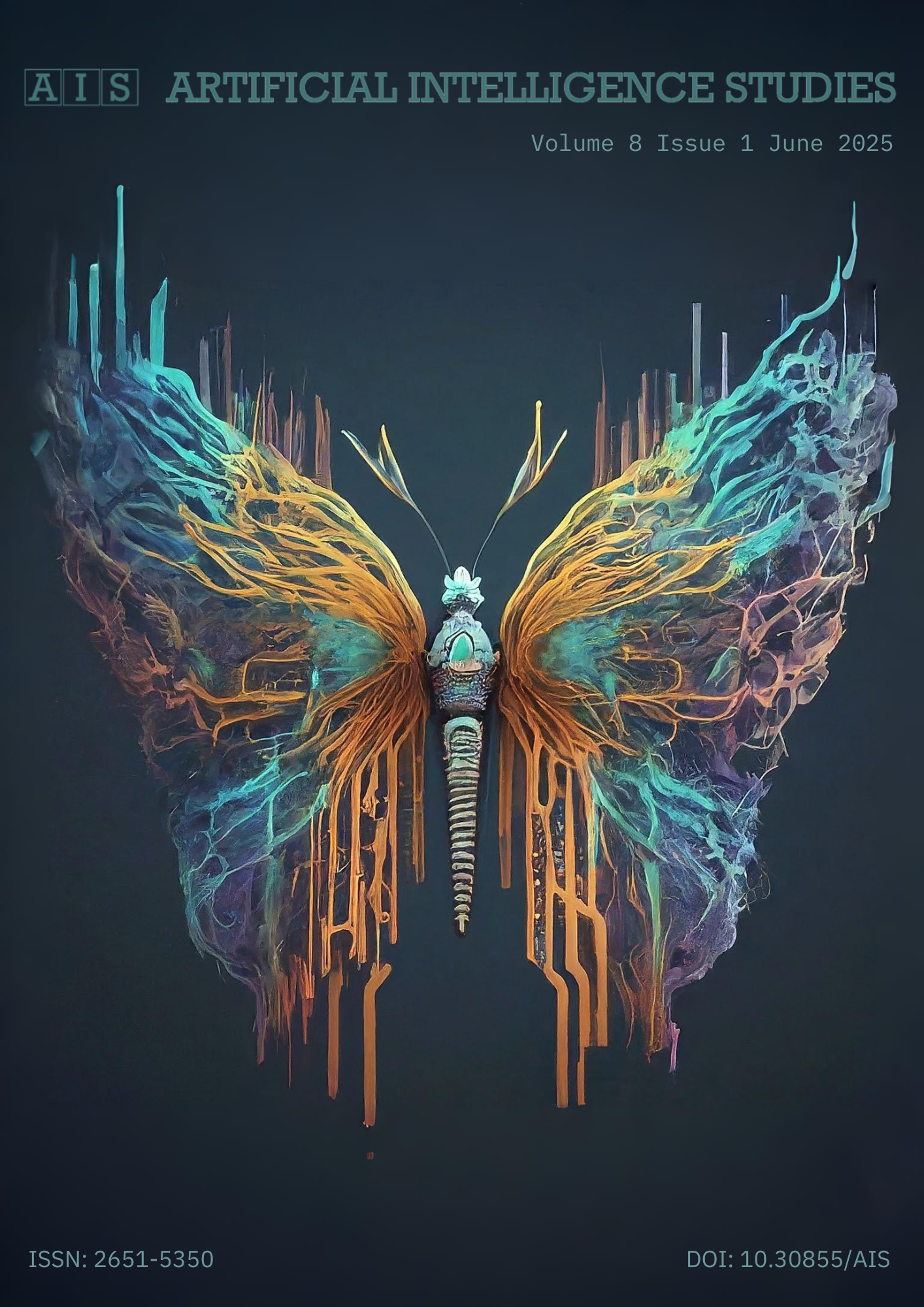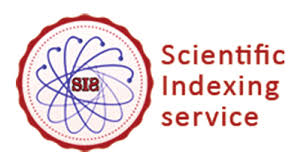Multi-Class Electronic Waveform Recognition: Comparative Analysis of Classification Performances of Machine Learning Methods
DOI:
https://doi.org/10.30855/ais.2025.08.01.05Keywords:
Electronic waveforms, signal classification, Machine learningAbstract
Electronic waveform classification is a critical area of research for separating and identifying signals from different sources. This study aims to classify visual representations of electronic waveform signals using classical machine learning methods. Using a dataset consisting of 7,000 images of 7 different electronic waveforms, the classification performance of 10 different machine learning algorithms was compared. In the study, the dataset was divided into training and test sets and all models were trained using the same feature set and evaluated according to classification metrics. The results revealed that Extra Trees and Random Forest algorithms were the most successful classifiers with 98.57% and 98.50% accuracy respectively. On the other hand, Naive Bayes and AdaBoost algorithms have been found to be inadequate for this type of data due to their low accuracy values. The findings show that bagging-based ensemble learning approaches achieve high accuracy in electronic waveform classification tasks and support the effectiveness of classical machine learning methods in the field of signal analysis. In this context, the study makes a significant contribution to the literature on the classification of electronic waveform datasets based on time-frequency images.
Downloads
Published
How to Cite
Issue
Section
License
Copyright (c) 2025 Artificial Intelligence Studies

This work is licensed under a Creative Commons Attribution-NonCommercial 4.0 International License.
Artificial Intelligence Studies (AIS) publishes open access articles under a Creative Commons Attribution 4.0 International License (CC BY). This license permits user to freely share (copy, distribute and transmit) and adapt the contribution including for commercial purposes, as long as the author is properly attributed.

For all licenses mentioned above, authors can retain copyright and all publication rights without restriction.











